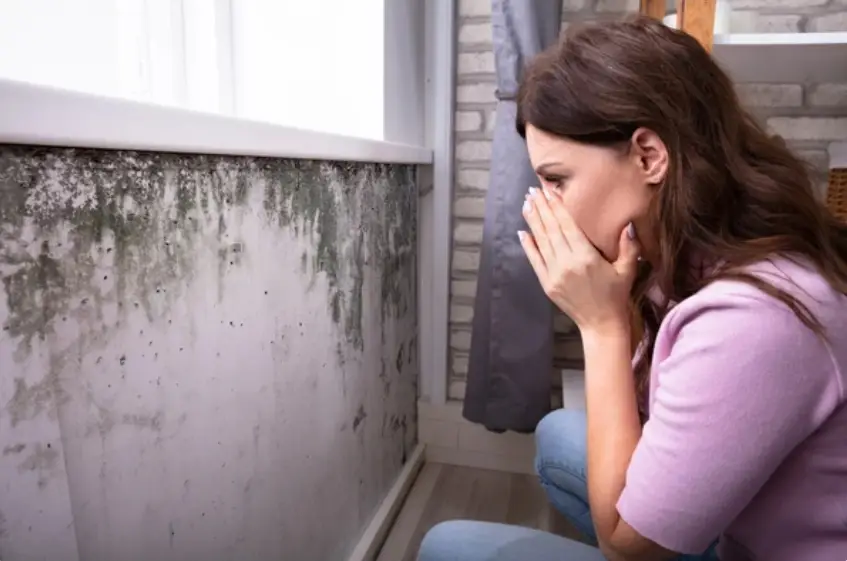
Preventing Mold Damage and Mold Growth After Flooding
Flooding can wreak havoc on your home, causing damage that extends far beyond the visible water lines. One of the most insidious consequences of flooding is mold growth. Mold thrives in damp environments, and a flooded home provides the perfect breeding ground. However, with swift and decisive action, you can prevent mold damage and take full control of your home’s environment.
How to Control Mold Growth after Flooding?
1. Act Quickly
Time is of the essence when it comes to dealing with mold after a flood. Mold can begin to grow within 24-48 hours of water exposure, so it’s crucial to act fast. Start by removing any standing water from your home and thoroughly drying out affected areas. Use fans, dehumidifiers, and open windows to increase airflow and aid in the drying process.
2. Remove Damaged Materials
Mold can lurk beneath the surface of water-damaged materials like carpeting, drywall, and insulation. To prevent further mold growth, remove and properly dispose of any items that cannot be thoroughly dried and cleaned. This includes porous materials like carpet padding and upholstered furniture. Be sure to wear protective gear, such as gloves and a mask, when handling moldy materials to avoid exposure to harmful spores.
3. Clean and Disinfect
Once the water has been removed and damaged materials removed, it’s time to clean and disinfect your home thoroughly. Use a solution of detergent and water to scrub surfaces affected by mold, then follow up with a disinfectant to kill any remaining spores. Pay special attention to areas that were submerged in water, such as basements and crawl spaces, as these are prime breeding grounds for mold.
4. Monitor Moisture Levels
Even after you’ve cleaned and dried your home, it’s essential to monitor moisture levels to prevent mold from returning. Invest in a moisture meter to regularly check humidity levels in your home, especially in areas prone to dampness. Keep indoor humidity below 60% to discourage mold growth, and promptly address any leaks or water intrusion to prevent moisture buildup.
5. Seek Professional Help
In some cases, mold growth may be extensive or difficult to control on your own. If you’re dealing with a severe mold infestation or struggling to contain mold growth after flooding, don’t hesitate to seek professional help. A reputable mold remediation company, such as ECOS for Mold Damage Repair Company, can assess the extent of the damage and implement effective solutions to eradicate mold from your home.
Take Control of Mold Growth Today
Flooding can be a devastating experience, but it doesn’t have to result in long-term mold damage. By acting quickly, removing damaged materials, cleaning and disinfecting thoroughly, monitoring moisture levels, and seeking professional help when needed, you can take control of mold growth and restore your home to its former glory.
Don’t let mold take over your life. Get in touch with ECOS to repair mold damage today for expert assistance in controlling mold growth and restoring your home after flooding. Schedule a consultation with ECOS now and take the first step towards reclaiming your home from mold.
